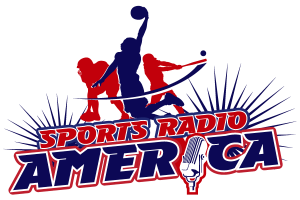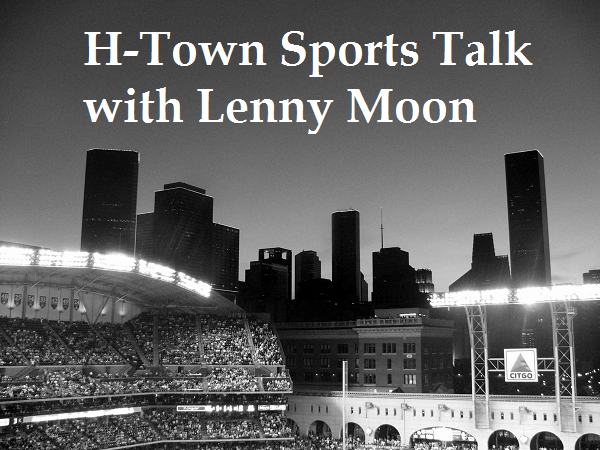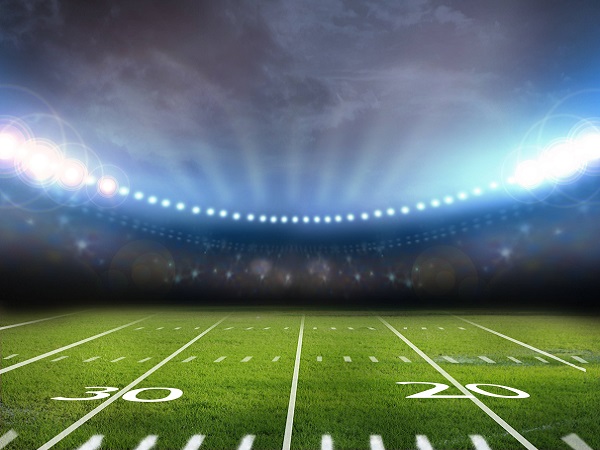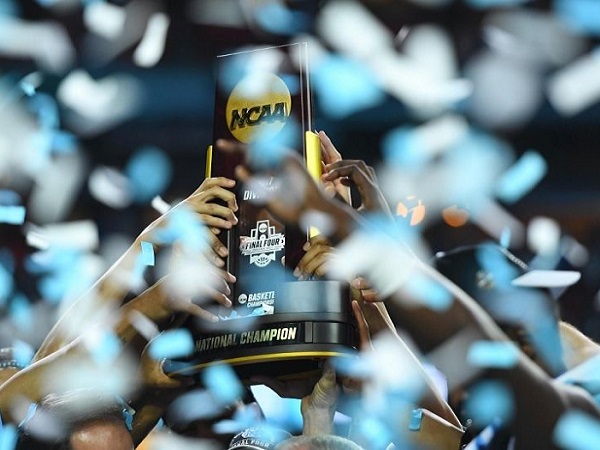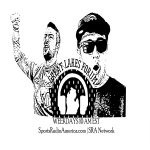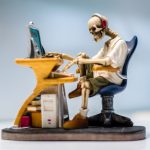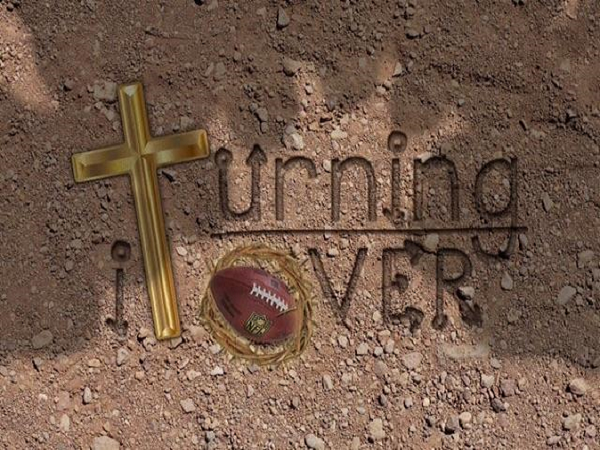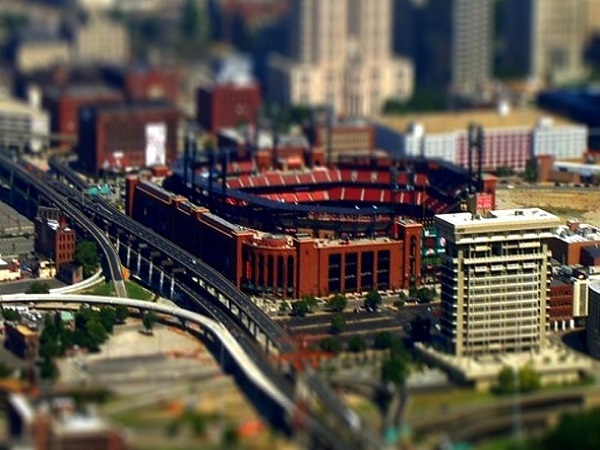April 29, 2020 will forever mark the day in the history of entertainment, media, and sports when “The NCAA’s highest governing body [took] unprecedented steps to allow college athletes to be compensated for their name, image and likeness [“(NIL)”]. The decision to allow student-athletes to profit in a free marketplace with other athletes is a profound one and a one-hundred- and eight-degree change from previous policy barring any such profit-making endeavors. At the most, at least legally and in compliance with previous policy, student-athletes could (1) take the NCAA route, obtain a scholarship, and enter a professional leagues draft, or (2) go overseas and play professionally to profit.
Over the course of many of years of debate, with decisions by policymakers and lawmakers, and pursuits by advocates alike, NIL is the next frontier in entertainment, media, and sports. Capitalism via the free market wins. Over the years, most pointedly since the NCAA began to make $1 billion a year from men’s basketball in March Madness and universities took on multi-million-dollar brand partnerships and television broadcast deals, combined with no minor league systems for development in basketball and football, many in America were calling for change.
Of course, since television broadcast rights became so popular, and expensive, the times have changed. Meaning, the National Basketball Association (“NBA”) has introduced the Professional Pathways Program (“PPP”) as part of the G-League. The PPP is a legitimate paid alternative of going through the NCAA to seek a professional basketball career. Whereas the National Football League (“NFL”) does not have its own minor league development system, it simultaneously requires student-athletes to go through the NCAA to be a part of their yearly draft, which includes the highest-paid draftees. The NBA’s one-and-done rule is still a part of its policy (likely through 2023-2025); the PPP is the most significant alternative presented since the inception of foreign league development. Many NFL challengers have attempted to provide an alternative path to professionalism, but all have unfortunately fell short for one reason or another; namely, the United States Football League (USFL), the XFL (twice), and the Alliance of American Football, with the Pacific Pac Pro Football hoping for some promise of success.
However, in this new environment, what happens next may be a phenomenal free market-placed-based environment where athletes have the choice to: (1) get an education with a built-in marketing platform through university and NCAA television broadcast deals with the hope of entering the draft, aided by student and market-led social media presence and NIL deals to get paid; (2) play overseas (if available); (3) enter the draft at 17-years old (in Major League Baseball, National Hockey League, and through camp and team development in Major League Soccer) and get paid; or (4) enter the PPP through the NBA. With change comes uncertainty, but change also brings perspective and strength. Change also brings options, liberty, and freedom, which are at the founding of this country’s principles.
For those participating and watching, there are three things to watch for: (1) how state legislatures and Congress address legal and policy discrepancies with NIL; (2) how athletes navigate NIL, how the market treats NIL, and how legal and agent representatives help and protect athletes; and (3) how competition among markets affects recruitment and professional league policy.
